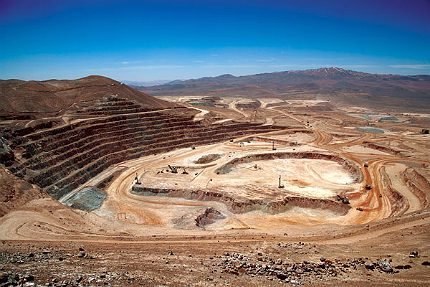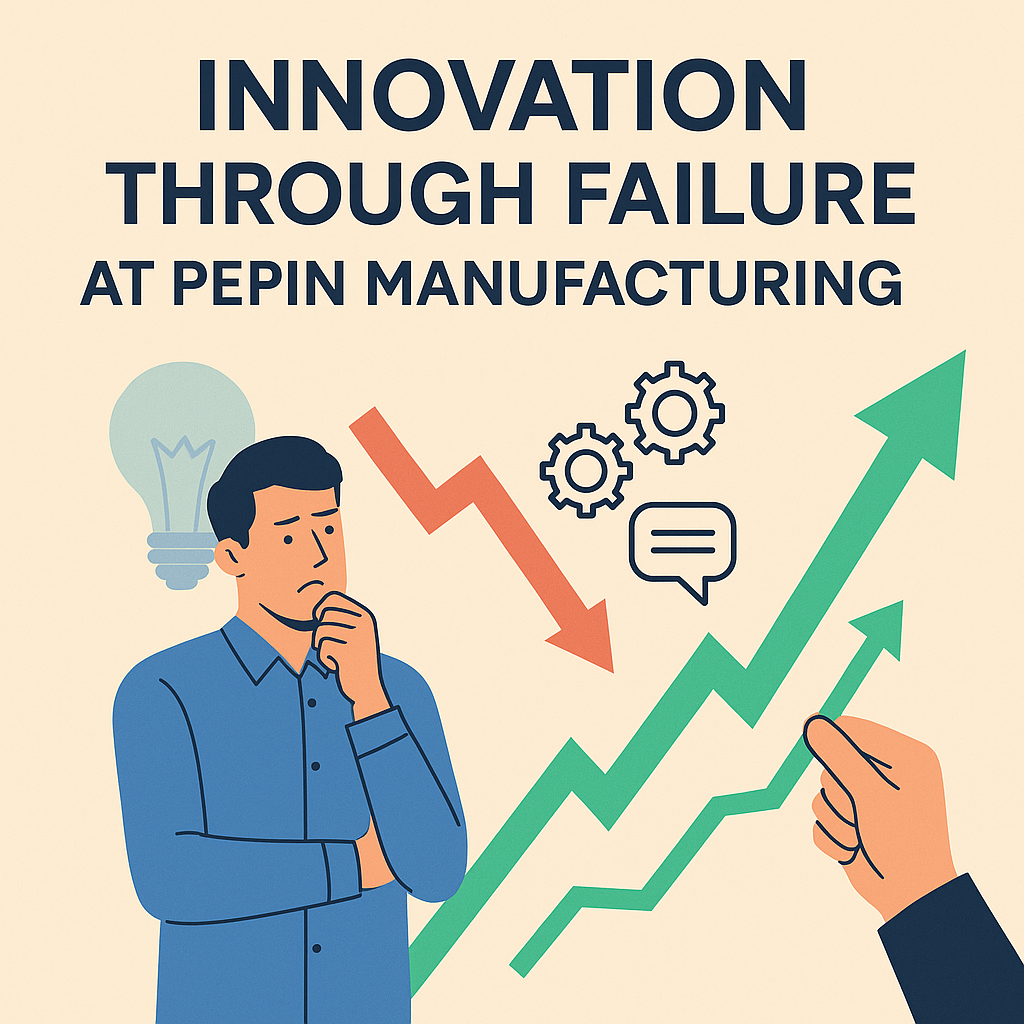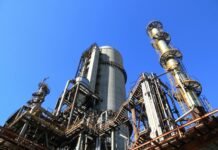Last Updated on June 27, 2023 by
Copper occurs in the form of natural ore deposits that can be found throughout the earth’s crust and in lakes, rivers, and oceans. It is found in both igneous and sedimentary rocks. At some places, early volcanic eruptions dated millions of years back had deposited molten copper at one location, and most of today’s mining occurs at these locations as they have enough copper to make them profitable. The outer 10 Km of the earth’s crust is estimated to contain 33 g of copper for every tonne of rock. In this article, we are going to discuss the copper mining and its processing.
Table of Contents
Copper Mining
The copper ore is removed from the ground using one of the two methods;
- Underground mining: It involves sinking a vertical shaft to an appropriate level under the ground and then driving horizontal tunnels into the ore. This method of mining is costly and is limited to copper-rich ores only. The largest underground mine, El Teniente, is located in Chile, which is a hub for copper mining companies like Three Valley Copper.
- Open-pit mining: This method of mining is mainly used, and nearly 90% of copper ores are mined using this method. It is employed when the ore bodies are near the surface and can be quarried after removing the surface layers. Holes are drilled into the hard rocks using boring machinery and filled with explosives to break the rocks, and then specialized haul trucks, trains, and conveyors are used for hauling the rocks to the processing site from the blasting site.
Processing Of Copper Ore
The process of obtaining copper from its ore is known as copper extraction. Once the copper ore has been mined, it passes through six different processes before the consumer can consume it in its everyday life, as various products.
- Grinding: The first step towards refining the copper from its ore is grinding; it involves crushing the ore into powder using heavy grinding machinery.
- Concentrating: Then, a froth flotation process is used to enrich the ore and remove the unwanted material (gangue).
- Roasting: Chemical reactions begin at this stage of processing which includes heating the enriched powdered ore between 500℃-700℃ in the air to make it dry and remove some sulfur from it. The resulting material is still solid and called calcine.
- Smelting: A substance known as a flux is added to the ore, making it easier to melt. Then the calcine is heated to 1200℃ until it melts. Removal of a few impurities forms a matte (a solution of liquid copper and iron sulfide).
- Matte conversion: Blister copper is formed when air is blown into the liquid matte, as the gas bubbles trapped in the solid form blister on the surface of copper.
- Electrolytic refining: For electrolysis, the blister is cast into anodes. Electrolysis can purify copper up to 99.99% taken from a rock that contains about 0.2% copper.
Conclusion
Daily, we come across many things in which copper is used such as electric wires, mainly everything powered by electricity has copper used in it and above is a little survey we have read about how we get it. We can’t imagine how our lives would be without it. The Three Valley Copper participated in a ‘Copper-Up’ virtual conference, which you can read to learn thoroughly about copper mining.
Apart from that, if you are interested to know about Copper Exploration In Different Countries then visit our Business category.



























